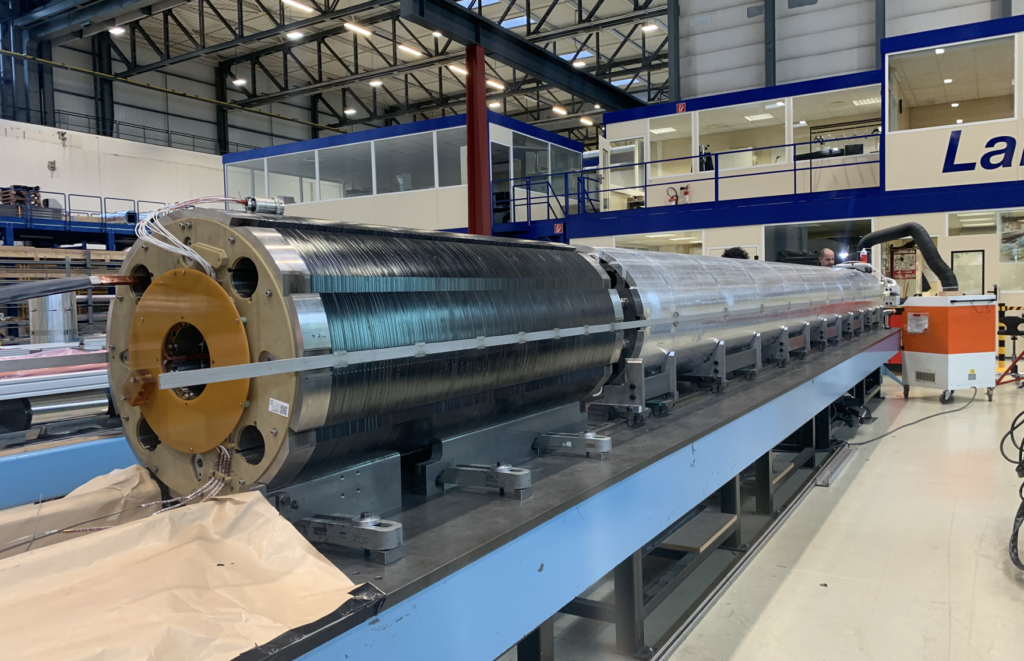Did you know that the names Tantalum and Niobium are based on Greek myths? Niobium resembles Tantalum so closely that it took 45 years after the discovery of both metals to determine that they were two distinct elements. In this article, we explore Niobium, from its discovery and naming to its properties and applications.
Origin of the Name Niobium
The metal Niobium, like Tantalum, owes its name to Greek mythology. The myth goes as follows: King Tantalus had three children, Pelops, Niobe, and Broteas. He wanted to test the omniscience of the Greek gods with a trick. For a divine dinner, he secretly sacrificed his son Pelops. However, the gods saw through the deception and revived Pelops.the gods bring him back to life and decide to punish Tantalus. He is eternally imprisoned, with water and fruit just out of reach, a true “tantalus torment.” Although Niobe had nothing to do with this deceit, she too is ultimately punished by the Greek gods for her arrogance and pride: Apollo and Artemis kill her nine children.
Tantalum is named after Tantalus because of the “torment” it is to extract the metal. Niobium is named after Niobe, as the metal is so closely related to Tantalum that it was only determined 45 years after the discovery of the element Tantalum that Niobium is a separate element. The similarities between Tantalum and Niobium caused confusion for a long time. Although Tantalum was discovered as early as 1802 and in 1846for the first time it was established that Niobium is a distinct element, the International Union of Pure and Applied Chemistry only definitively decided to recognize Niobium as an independent element in 1950.
Properties of Niobium
We denote Niobium with Nb and atomic number 41. Like Tantalum, Niobium is extracted in countries such as Canada, Australia, Brazil, Nigeria, and the Democratic Republic of Congo. This silvery metal is as abundant as lead, but found in smaller concentrations.
Also in propertiesNiobium shares many characteristics with Tantalum; both metals are biocompatible and highly resistant to corrosion, particularly in chemical substances like concentrated acids and liquid alkali metals. The melting point of Niobium is 2477°C. Niobium is also a highly conductive material, both thermally and electrically. Among all superconducting elements, Niobium conducts at the highest temperature.
Applications of Niobium
Niobium is widely used in high-tech applications, including in these markets/applications:
- Medical devices
- Nuclear energy
- Aerospace
- Surgical implants
- Electronics
- Optical lenses
- Chemical industry
- Particle accelerator (CERN)
Niobium in Superalloys

Curious about the benefits of partnering with Metel? Our team is eager to share everything about our program or our approach and gladly shares examples of successful collaborations with clients in your specific market. Schedule an appointment via 0416 – 724 800 or email n.kesteloo@metel.nl
 +31 (0) 416 724 800
+31 (0) 416 724 800 info@metel.nl
info@metel.nl
